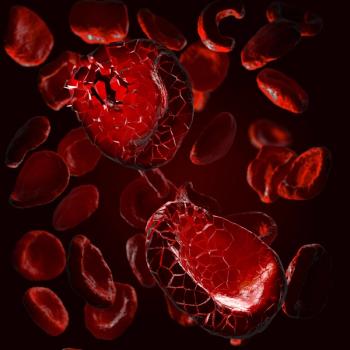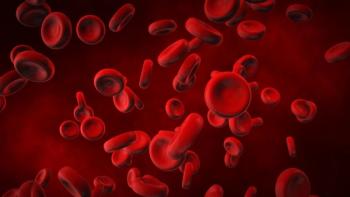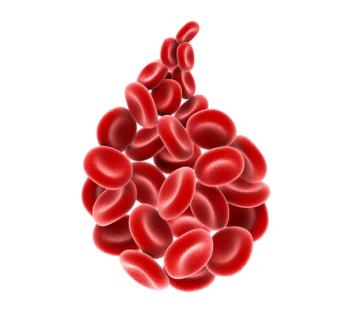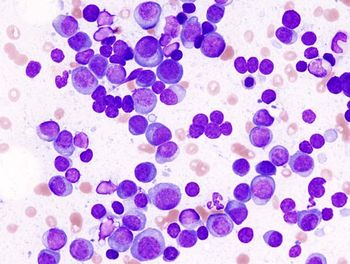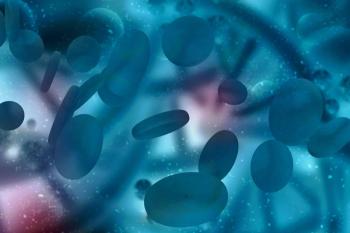
ctDNA May Replace Bone Marrow Exams in Multiple Myeloma, Expert Says
An expert from Stanford Medicine that the goal behind a study characterizing circulating tumor DNA and its predictive value is to eventually replace blood marrow exams with a blood draw for those with multiple myeloma.
One of the goals behind examining circulating tumor DNA (ctDNA) and its ability to predict response in patients with multiple myeloma undergoing CAR T-cell therapy is to potentially eliminate the need for patients to undergo invasive tumor sampling via bone marrow exams, according to Hitomi Hosoya, MD.
CancerNetwork® spoke with Hosoya, a bone marrow transplant and cellular therapy fellow of the Division of Oncology and Hematology, Department of Medicine at Stanford University School of Medicine, in an interview about the rationale for characterizing ctDNA within this population as part of a study that was presented at the
Lead author, Hosoya, and other investigators used Cancer Personalized Profiling by Deep Sequencing (CAPP-Seq) to profile plasma, germline, and tumor DNA samples among patients with multiple myeloma, including those undergoing treatment with idecabtagene vicleucel (Abecma).
Application of CAPP-Seq to serial samples from patients with relapsed or refractory multiple myeloma indicated that patients with longer responses had significantly lower levels of ctDNA compared with those with early progression after 28 days. Additionally, lower ctDNA levels at day 28 correlated with a longer time to progression (HR, 1.6; P = .02).
Overall, Hosoya and other investigators concluded that ctDNA testing in patients with multiple myeloma could improve responses and reveal mechanisms of therapy resistance.
Transcript:
We have a lot of goals, but our main goal in terms of patient care is to hopefully replace bone marrow exam with ctDNA so that we can gain the same genomic information through a blood draw. That's the main goal that we are trying to achieve. The other goal is to see if we can do [minimal residual disease] testing from the blood.
Reference
Hosoya H, Carleton M, Tanaka K, et al. Circulating tumor DNA for disease characterization and response prediction in myeloma patients undergoing chimeric antigen receptor T-cell therapy. Transplantation and Cellular Therapy. 2023;29(suppl 2):S1.
Newsletter
Stay up to date on recent advances in the multidisciplinary approach to cancer.


